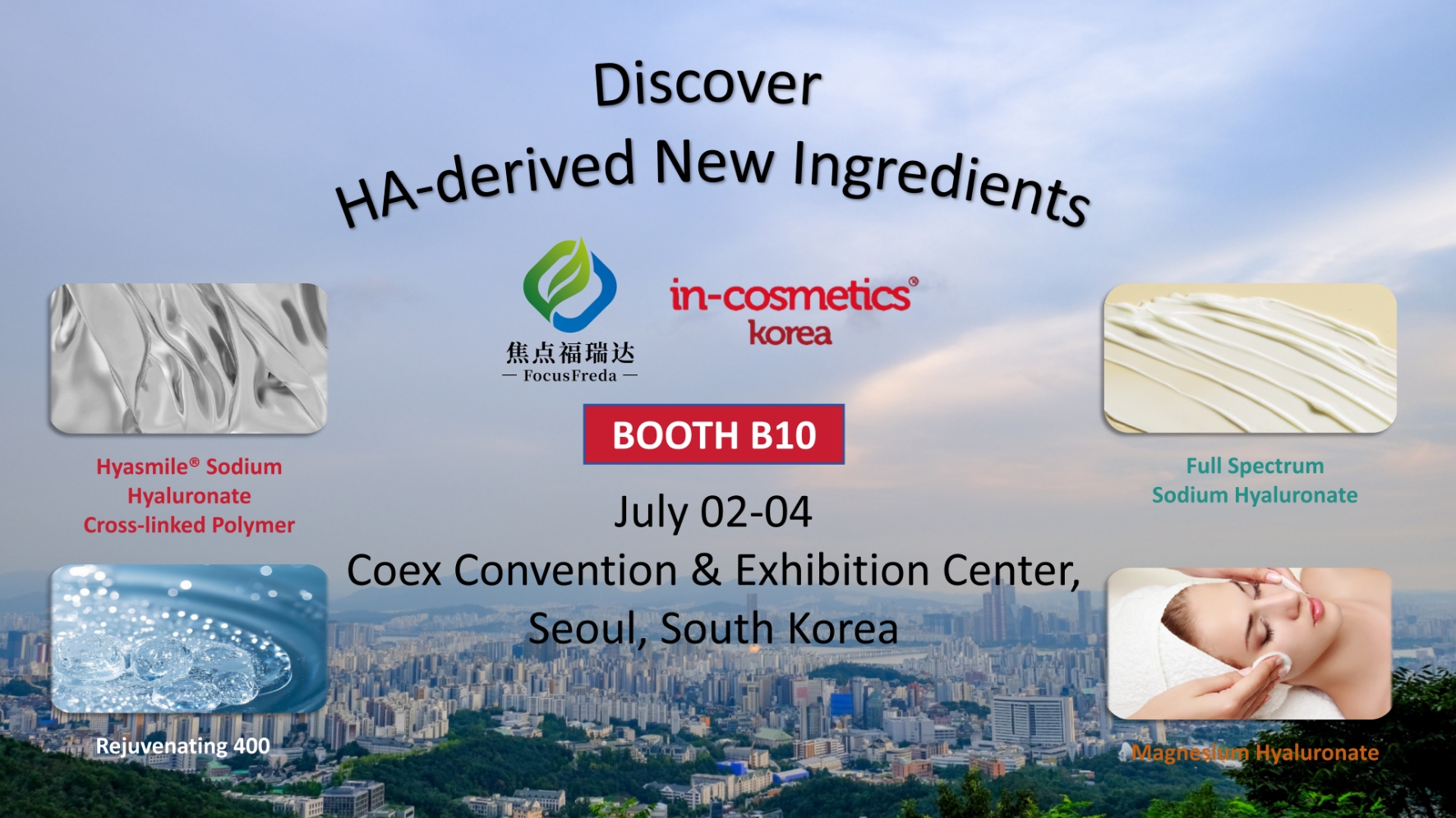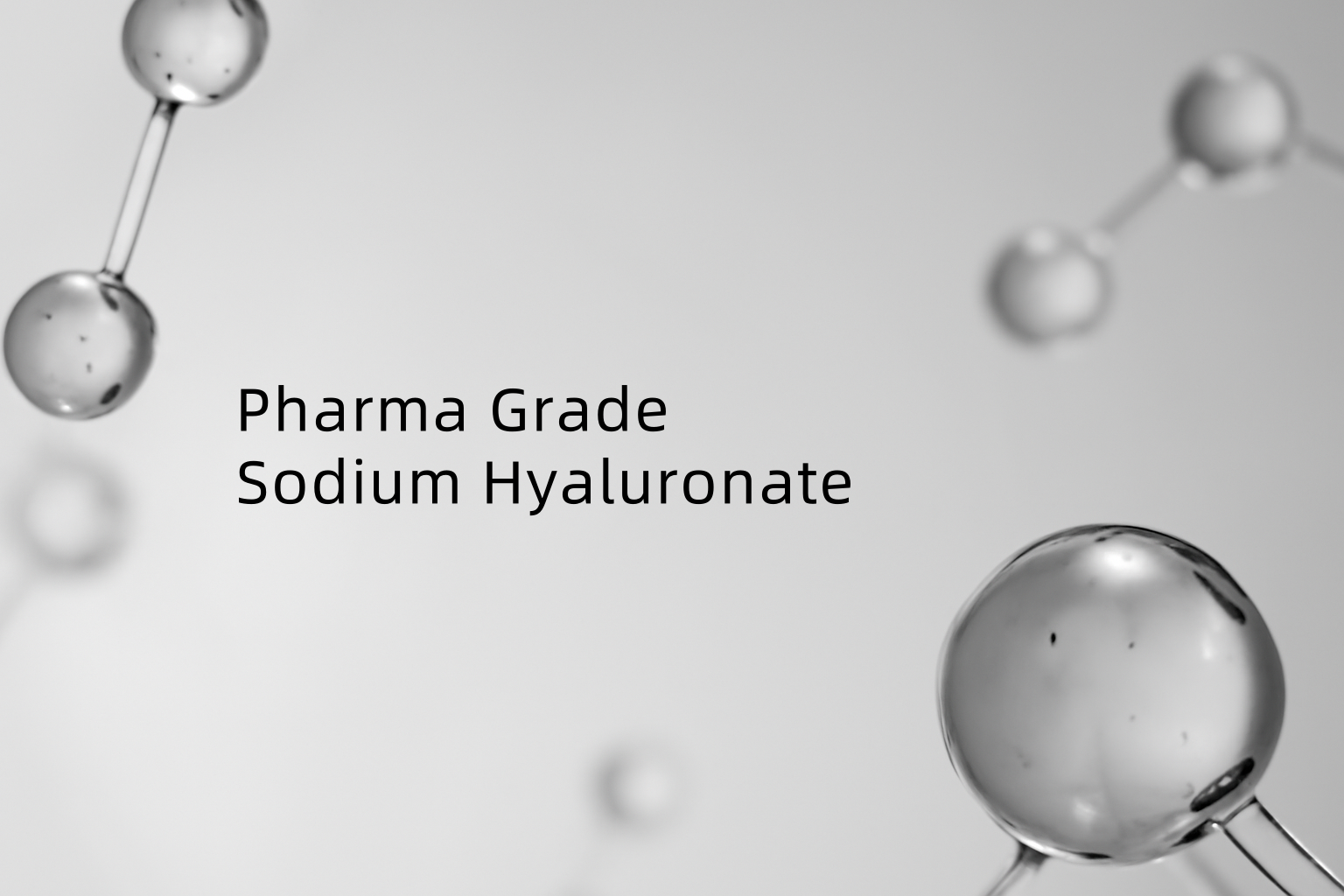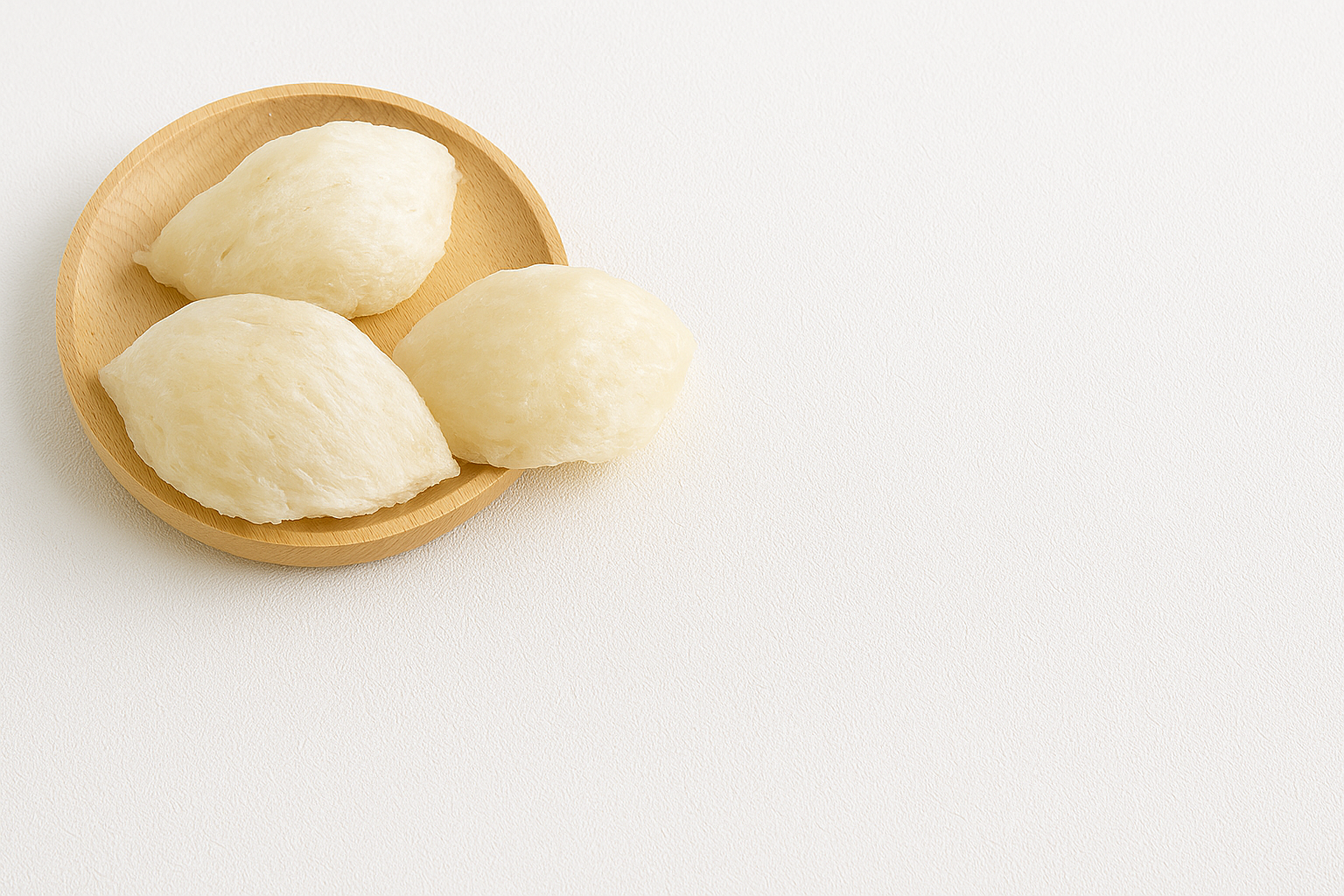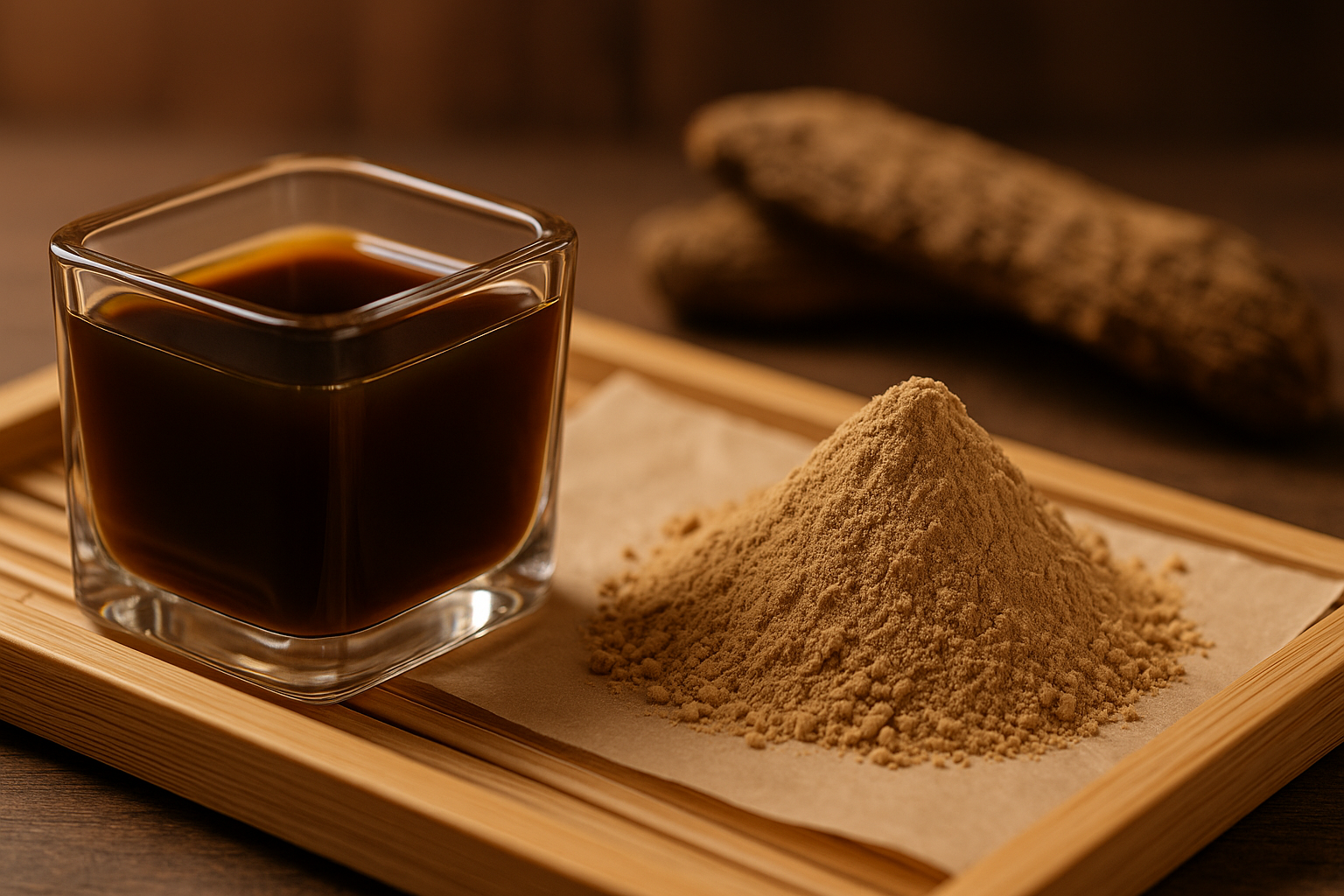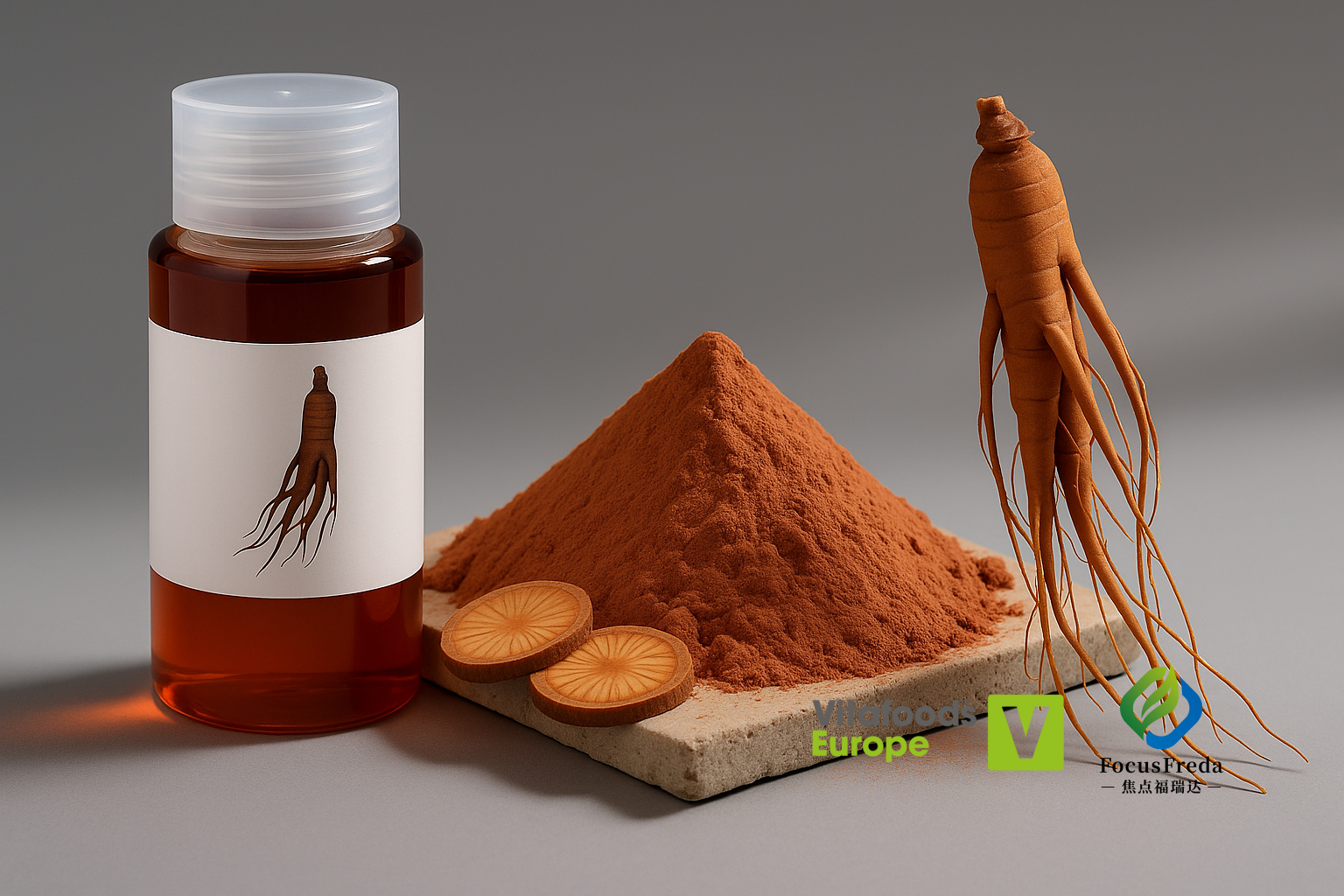How Does a Personal Formulator Use Hyaluronic Acid Powder?
Release time:
2024-12-14
Hyaluronic acid powder is a highly sought-after ingredient in the personal care industry due to its hydrating properties and versatility in formulations. Personal formulators can leverage HA's benefits to create custom skincare products tailored to individual needs. Here’ s how it is commonly used:
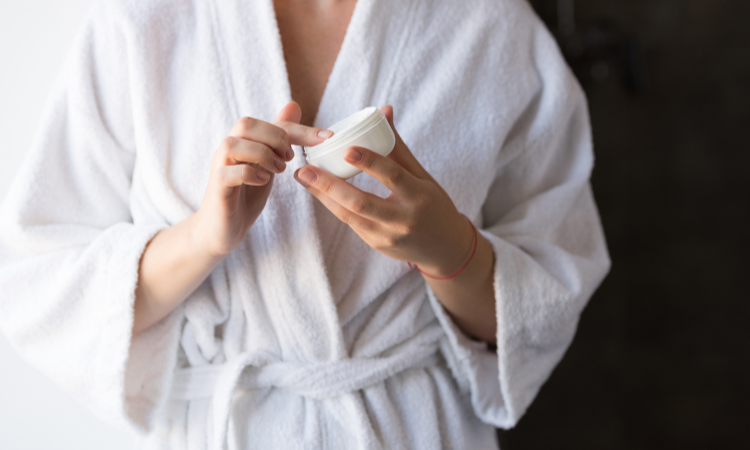
1. Selecting the Right Type of Hyaluronic Acid Powder
Hyaluronic acid powder comes in various molecular weights, each offering unique benefits:
- High-molecular-weight (HMW): Creates a protective hydration layer on the skin, ideal for surface moisturization.
- Low-molecular-weight (LMW): Penetrates deeper layers to improve hydration and elasticity from within.
- Ultra-low-molecular-weight (ULMW): Reaches the deepest skin layers, often used for anti-aging products.
Understanding the molecular weight is essential for formulators to achieve the desired effect in their products.
2. Preparing a Hyaluronic Acid Solution
Hyaluronic acid powder must be dissolved before use (Such as: Hyaskin® Cosmetic Grade Sodium Hyaluronate). Follow these steps for optimal results:
(1). Measure Accurately: A typical concentration is 0.1-1.0%, depending on the formulation. For instance, dissolve 0.5 grams of powder in 100 mL of distilled water.
(2). Hydration Process: Sprinkle the powder into the water while stirring to avoid clumping.
(3). Resting Period: Allow the mixture to sit for 4-8 hours to fully hydrate and form a gel-like consistency.
(4). Preservation: Add a suitable preservative if the solution is not used immediately.
3. Incorporating Hyaluronic Acid into Formulations
Once the solution is prepared, it can be added to various products:
- Serums: Hyaluronic acid serves as a base for lightweight, hydrating serums.
- Moisturizers: It enhances the water-retaining properties of creams and lotions.
- Toners: Used to boost hydration and enhance the absorption of active ingredients.
- Face Masks: Ideal for sheet masks or gel masks to provide intensive hydration.
4. Enhancing Product Performance
Hyaluronic acid works synergistically with other ingredients:
- Pair it with glycerin or panthenol for enhanced moisturization.
- Combine with vitamin C or niacinamide to create multifunctional formulations that brighten and hydrate.
5. Safety and Stability
To maintain product integrity:
- Patch Test: Always test formulations to ensure compatibility with the skin.
- Storage: Store the powder and prepared solutions in airtight containers, away from heat and light.
- PH Range: Ensure the final formulation’ s pH remains between 4.0 and 8.0 for optimal stability and efficacy.
For personal formulators, hyaluronic acid powder is a powerful ingredient that adds value to customized skincare products. By selecting the right type, preparing it correctly, and incorporating it thoughtfully into formulations, it can deliver unparalleled hydration and skin benefits.

BLOGS
Seoul: New Cosmetic Grade Sodium Hyaluronate Derivatives Showcased at In-cosmetics Korea
Visit Focusfreda at In-cosmetics Korea 2025, Booth B10, to explore cutting-edge sodium hyaluronate derivatives and updates on Korean pharma-grade approval.
Visit Focusfreda at CPHI China 2025, Booth E2B02, to explore high-purity sodium hyaluronate APIs for pharmaceutical applications in China, the EU, South Korea, and India.
From joints to eyes: How sodium hyaluronate became the unsung hero of modern medicine
Discover how sodium hyaluronate (hyaluronic acid), plays a vital role in modern medicine—from joint injections to eye treatments and wound healing. Learn more about its benefits and Focusfreda’s high-quality supply for global markets.
The Truth About Sialic Acid: What It Is, What It Does, and Where It’s Used
Learn what sialic acid is, where it comes from, and how it supports brain health, immunity, and skin — from baby formulas to modern skincare and supplements.
Meet Cistanche: The Desert Plant That Helps You Stay Energized and Regular
Discover Cistanche — the desert herb known as the “Ginseng of the Desert.” Learn how this plant supports energy, digestion, and wellness in modern supplements.
The Superpower of Red Ginseng: Ancient Roots, Modern Energy
Red Ginseng is a science-backed adaptogenic herb that supports energy, immunity, and stress balance. Learn how Focusfreda’s high-quality ginseng ingredients fit today’s health products — and visit us at Vitafoods Europe!



